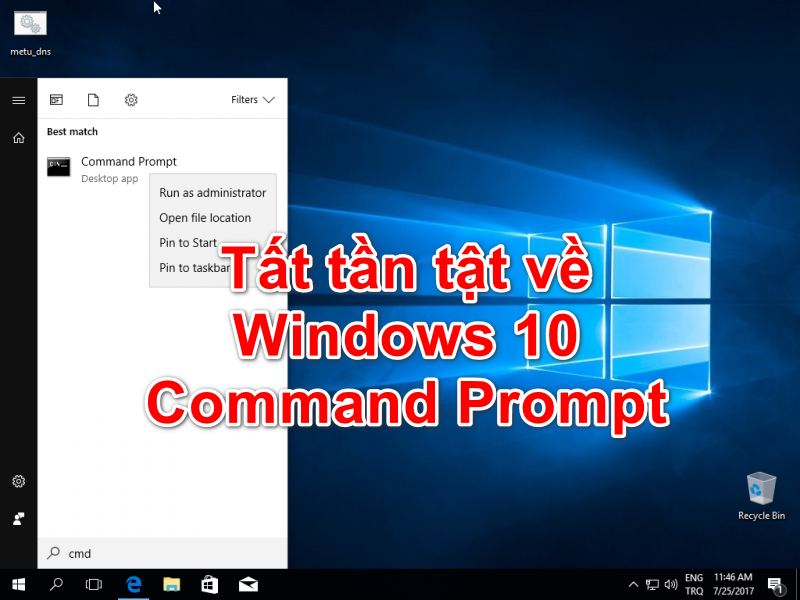
> ipconfig / displaydns Display the contents of the DNS Resolver Cache. > ipconfig / registerdns Refreshes all DHCP leases and re-registers DNS names > ipconfig / flushdns Purges the DNS Resolver cache. > ipconfig / renew Renew the IPv4 address for the specified adapter. > ipconfig / release Release the IPv4 address for the specified adapter. > ipconfig /all Display full configuration information. The ipconfig command can also be modified for other functions. The ipconfig command displays the IP address, subnet mask and default gateway for each adapter bound to TCP/IP (the standard for transmitting data over networks). Most commonly used Windows Command Prompt Commands 1. If you want to open CMD as an Administrator, right-click on your search result and select Run as Administrator. In the Search box, type Command Prompt or CMD. Another way to access Windows Command Prompt is to Search for it. These days though, Windows is pushing PowerShell over Command Prompt so you might find the shortcut switched.


This will open a menu with Windows shortcuts, configuration and other management tools. The quickest way to access Windows Command Prompt is to press the Windows button + X at the same time.


 0 kommentar(er)
0 kommentar(er)
